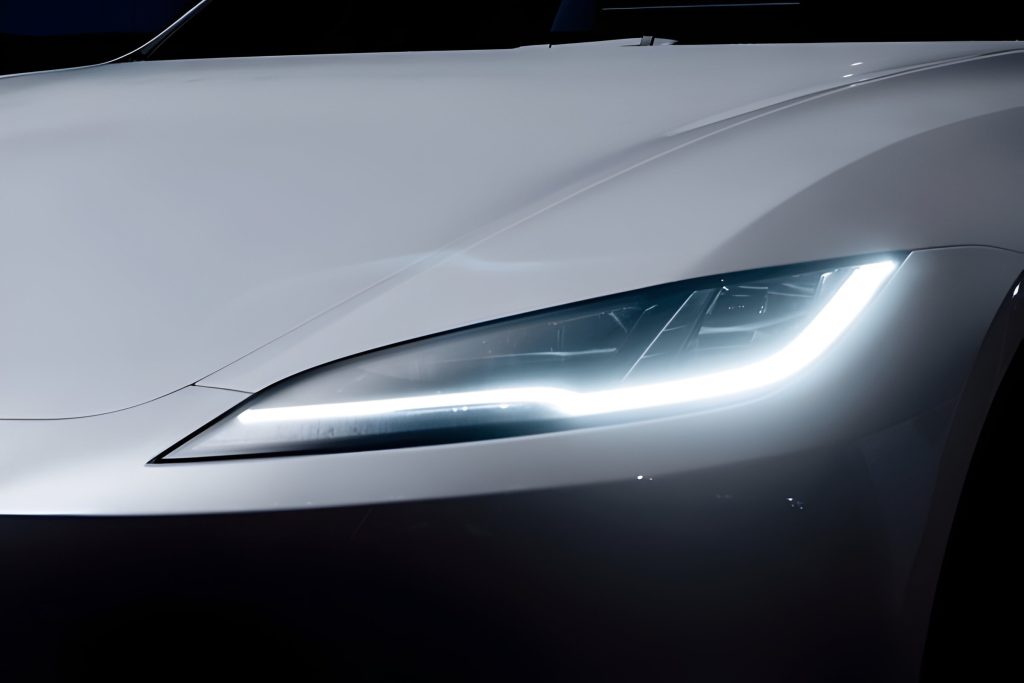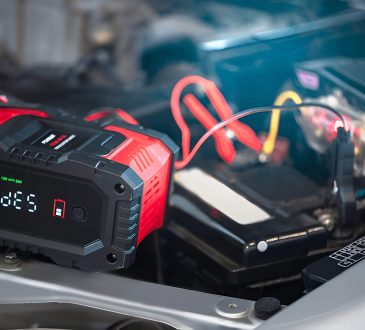
Daytime Running Lights (DRLs) are crucial for modern vehicle safety. They activate during daylight when the vehicle moves, enhancing visibility to drivers and pedestrians and reducing collision risks. This article explains how DRLs work, their road safety benefits, global legal requirements, and installation and maintenance tips, emphasizing their role in safer driving worldwide.
Understanding Daytime Running Lights (DRLs)
Daytime Running Lights (DRLs) have become a significant feature in modern automotive lighting, playing a crucial role in enhancing vehicle safety. DRLs are low-intensity lights that automatically switch on when the vehicle’s engine is running, regardless of whether it’s day or night. Unlike traditional headlights, which are designed primarily for night-time visibility, DRLs serve to increase the visibility of your vehicle to other drivers during daylight hours.
The primary purpose of daytime running lights is to reduce the risk of collisions by making vehicles more noticeable on the road. Studies have shown that vehicles equipped with DRLs are less likely to be involved in accidents due to their enhanced visibility. This safety feature is particularly beneficial in conditions where light levels are not optimal, such as during dawn or dusk, or in adverse weather conditions like rain or fog.
In addition to improving safety, DRLs also contribute to the aesthetic appeal of a vehicle. Many manufacturers design these lights with stylish patterns and placements that complement the overall look of the car. As automotive technology continues to evolve, we can expect further innovations in DRL design and functionality.
Overall, understanding and utilizing daytime running lights can significantly enhance both your driving experience and road safety. Whether you’re considering purchasing a new vehicle or looking into retrofitting an older model with this feature, it’s clear that DRLs offer valuable benefits worth exploring.
How Do Daytime Running Lights Work?

Daytime Running Lights (DRLs) are an essential feature in modern vehicles, designed to enhance visibility during daylight hours. The primary function of DRLs is to increase the conspicuousness of a vehicle, making it easier for other drivers and pedestrians to notice it, thereby enhancing road safety.
So, how do DRLs work? The operation of daytime running lights is relatively straightforward but highly effective. When you start your vehicle’s engine, the DRL function automatically activates the lights. These lights are typically located at the front of the vehicle and emit a steady beam that is bright enough to be seen during daylight but not so intense as to cause glare or distraction.
The vehicle lighting system often includes light sensors that play a crucial role in managing DRLs. These sensors detect ambient light levels and can adjust the intensity of the daytime running lights accordingly. For instance, if you drive through a tunnel or if weather conditions reduce natural light significantly, these sensors may prompt an adjustment in brightness or even switch on additional lighting elements like headlights for optimal visibility.
DRLs are an integral part of a vehicle’s lighting system designed to improve safety by ensuring that your car remains visible under various daylight conditions. With advancements in automotive technology, features like light sensors make this system more adaptive and efficient, contributing significantly to safer driving experiences.
The Benefits of Using Daytime Running Lights
Daytime Running Lights (DRLs) have gained significant attention for their role in enhancing road safety. One of the primary DRL benefits is improved vehicle visibility. When vehicles are equipped with DRLs, they become more noticeable to other drivers and pedestrians, even during daylight hours. This increased visibility can be crucial in preventing accidents, particularly in situations where lighting conditions are less than optimal, such as during dawn or dusk.
Road safety with DRLs is further bolstered by their ability to reduce the likelihood of collisions. Studies have shown that vehicles with daytime running lights are less likely to be involved in accidents compared to those without them. These accident prevention lights help other road users gauge distances more accurately and react more swiftly to approaching vehicles.
The use of Daytime Running Lights not only enhances a vehicle’s visibility but also plays a critical role in reducing road accidents and improving overall traffic safety. As awareness grows about these benefits, more drivers are likely to adopt DRLs as a standard feature for safer journeys on the road.
The Legal Requirements for Daytime Running Lights Around the World
Daytime Running Lights (DRLs) have become an essential safety feature in modern vehicles, enhancing visibility during daylight hours. However, the legal requirements for DRLs vary significantly around the globe. Understanding these regulations is crucial for manufacturers and car owners alike to ensure compliance and maximize road safety.
In Europe, DRLs have been mandatory on all new cars since February 2011, following a directive from the European Union. This regulation aims to reduce accidents by making vehicles more visible during the day. Similarly, Canada has mandated DRL use since 1989, recognizing their effectiveness in preventing daytime collisions.
The United States has a more flexible approach. While DRLs are not federally mandated, they are permitted and widely used as an optional feature by many automakers. Some states may have specific regulations regarding their use, so it’s advisable to check local laws.
In Asia, countries like Japan and South Korea have adopted DRL regulations similar to those in Europe and Canada. In contrast, other nations may still be in the process of evaluating or implementing such requirements.
Australia also mandates DRL use on new vehicles as part of its commitment to improving road safety. The Australian Design Rule (ADR) specifies technical standards for these lights to ensure they meet safety criteria.
Understanding drl regulations by country is essential for compliance with local laws and enhancing vehicle safety globally. As more countries recognize the benefits of mandatory drl use, it’s likely that we will see increased standardization in this area across international borders.
How to Install and Maintain Your Vehicle’s DRLs
If you’re considering installing DRLs on your car or need tips on maintaining them, this guide will walk you through the process.
DRL Installation Guide
Installing DRLs can be a straightforward DIY task if you follow the proper steps. Begin by purchasing a compatible DRL kit for your vehicle model. The installation typically involves mounting the lights in a suitable location (usually near the headlights) and connecting them to your car’s electrical system. Most kits come with detailed instructions, but generally, you’ll need basic tools like screwdrivers and wire connectors. Ensure that all connections are secure and insulated to prevent any electrical issues.
Maintaining Daytime Running Lights
Once installed, maintaining daytime running lights is crucial for their longevity and effectiveness. Regularly check the lights for any signs of wear or damage, such as cracks in the lens or dimming bulbs. Clean the lenses periodically with a soft cloth and mild cleaner to ensure maximum brightness. If you notice any flickering or failure in illumination, it might be time to replace the bulbs or check the wiring connections.
DIY Car Light Maintenance
Maintaining your car’s lights doesn’t have to be daunting. For DIY enthusiasts, keeping a toolkit handy with essential items like spare bulbs, fuses, and cleaning materials can make routine maintenance easier. Regular inspections every few months can help catch potential issues early before they become major problems.
By following this drl installation guide and adhering to regular maintenance practices, you can ensure that your vehicle’s daytime running lights remain functional and effective in enhancing road safety.


